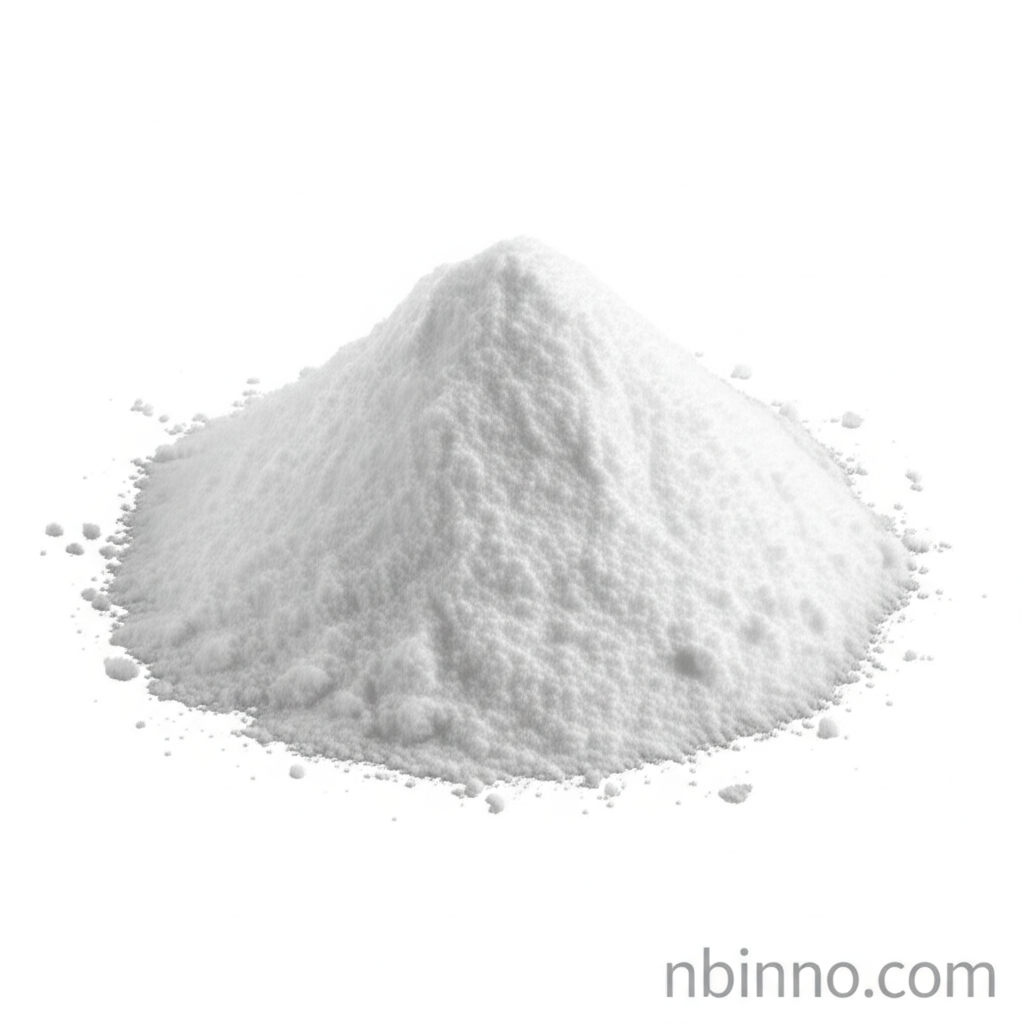DL-Pyroglutamic Acid: A Key Biochemical Reagent
Explore the multifaceted roles of DL-Pyroglutamic Acid in biochemical research and cellular health.
Get a Quote & SampleProduct Core Value

DL-Pyroglutamic Acid
DL-Pyroglutamic Acid is a unique unnatural amino acid, appearing as a white crystalline powder. It serves as a crucial biochemical reagent, integral to understanding the gamma-glutamyl cycle, which is vital for the production and recycling of glutathione, a key cellular antioxidant.
- Understanding glutathione production and recycling is key when considering the role of DL-Pyroglutamic Acid in cellular health.
- The molecule functions as an unnatural amino acid, offering unique research avenues for scientists.
- Elevated pyroglutamic acid levels can signal difficulties in maintaining adequate glutathione levels, influenced by diet and oxidative stress.
- As a biochemical reagent, it is essential for various laboratory analyses and experiments.
Product Advantages
Versatile Biochemical Tool
Serving as a critical biochemical reagent, DL-Pyroglutamic Acid aids in numerous research applications, helping scientists explore complex biological pathways.
Insight into Glutathione Metabolism
Its involvement in the gamma-glutamyl cycle provides valuable insights into how cells maintain glutathione levels, crucial for combating oxidative stress.
Indicator of Metabolic Health
Monitoring DL-Pyroglutamic Acid levels can help assess cellular metabolic function and identify potential imbalances related to oxidative stress or nutrient deficiencies.
Key Applications
Biochemical Research
Essential for studies focused on amino acid metabolism, cellular respiration, and the mechanisms behind oxidative stress and its related conditions.
Glutathione Pathway Studies
Used to investigate the intricate steps of glutathione synthesis and recycling, vital for cellular defense against damaging free radicals.
Metabolic Disorder Analysis
Helps in the diagnosis and understanding of certain metabolic disorders where glutathione turnover is compromised, as indicated by pyroglutamic acid levels.
Nutritional Science Research
Provides a marker for nutrient deficiencies, particularly those affecting sulfur amino acid metabolism and glutathione production, guiding potential dietary interventions.
